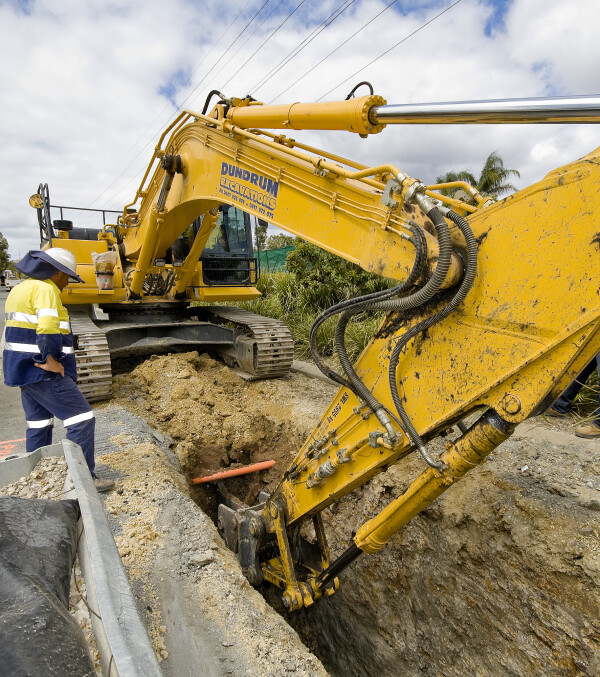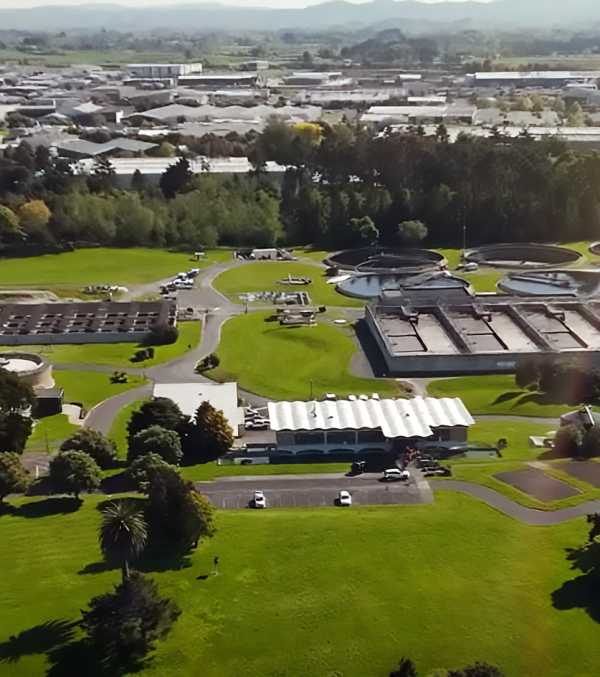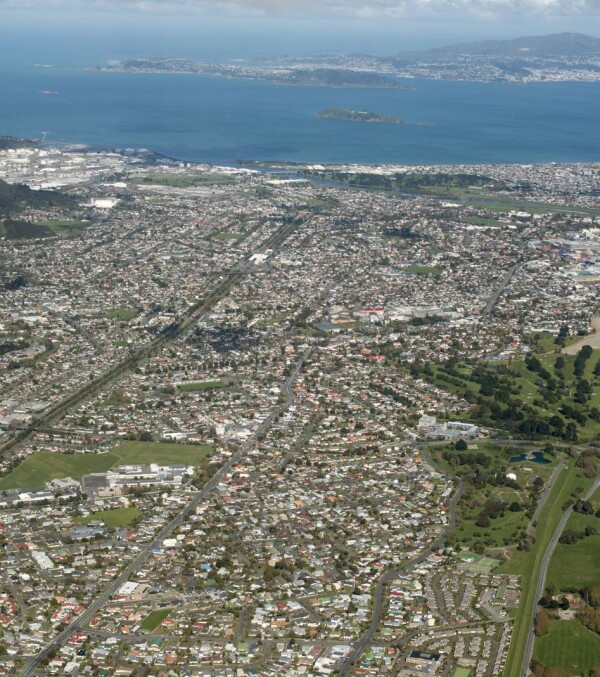|
Client: Australia Pacific LNG Contract: EPC Location: Gladstone, Queensland |
Fast Facts
|
Following successful completion of an Early Works contract for the APLNG project, MCJV, a joint venture between ourselves and Consolidated Contracting Company Australia Pty Ltd, was awarded an EPC contract for delivery of 360 km of the main export pipeline, a 57 km lateral pipeline, and associated facilties.
The overall APLNG project included the development of substantial coal seam gas resources in the Surat and Bowen Basins. The key elements of the project were the transmission pipeline, subsea crossing (Narrows Crossing) and a multi-train LNG facility on Curtis Island, near Gladstone.
Our customer was Australia Pacific LNG, a joint venture between Origin Energy, ConocoPhillips and Sinopec.
We developed several innovations aimed at improving safety, quality and productivity. These included:
- Safety, Quality and Environment – Three initiatives (Game On, Oper8, and Green Hat) aimed at enhancing engagement and performance of all project personnel
- Specifying triple random pipe lengths (18 m) to increase productivity. The other large diameter pipeline projects in Queensland at the time elected for double random (12 m) length pipe
- Mobilising light-weight extendable trailers to maximise meterage of pipe transported
- CRC automatic welding
Our team also overcame historic issues around pipeline anchoring at the transitional zone between above-ground and below-ground piping. By using a virtual anchor length of the pipeline in design, the team ensured adequate movement was accommodated in the above-ground piping.
The engineering team also designed a cyclone separator system to manage identification and removal, with two separators installed at separate locations to ensure early detection and removal.
Workforce and Logistics Management
Sourcing, accommodating and transporting up to 1,200 personnel on the project was a major challenge.
Significant numbers of local personnel were successfully employed in a resource-constrained market and around 100 personnel were employed through the Indigenous employment company, Newport.
Local subcontractors were used wherever possible, typically for the construction of camps and laydowns. Local suppliers were also used extensively.
For accomodation, camps were located so that drive times to and from the right-of-way were minimised. Four camps were constructed and two commercial camps used, with up to four camps in use at any one time. Purpose-built, 18-seater 4WD buses were used to transport crews to site each day. A combination of buses and commercial/charter aircrafts were used to transport personnel to Brisbane and other destinations on cycle break.
Environmental Management
The team worked closely with relevant government agencies to agree plans and processes to meet the stringent project requirements. Extensive flora, fauna and soil studies were undertaken and detailed management plans were developed. Detailed erosion and sediment control plans were also developed for all construction areas. The safe relocation of thousands of plants took priority during the clearing and construction phase of the project. Almost 2,500 threatened Eleocharis Blakeana plants were removed from around the project and relocated away from construction areas.
Delivery Performance
All delivery KPIs were met. The project received an excellence award from Infrastructure Partnerships Australia.








